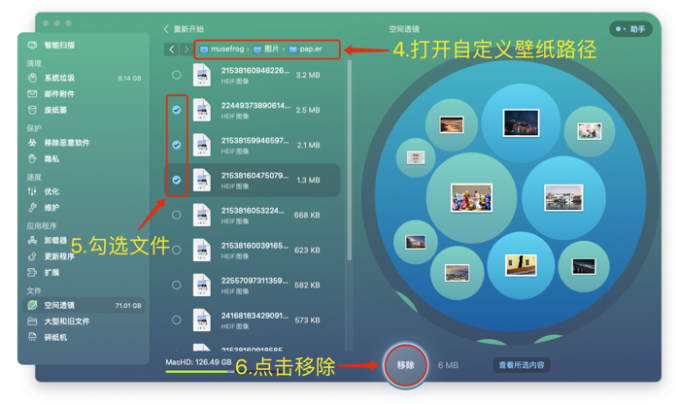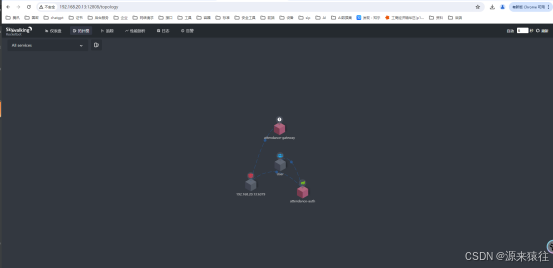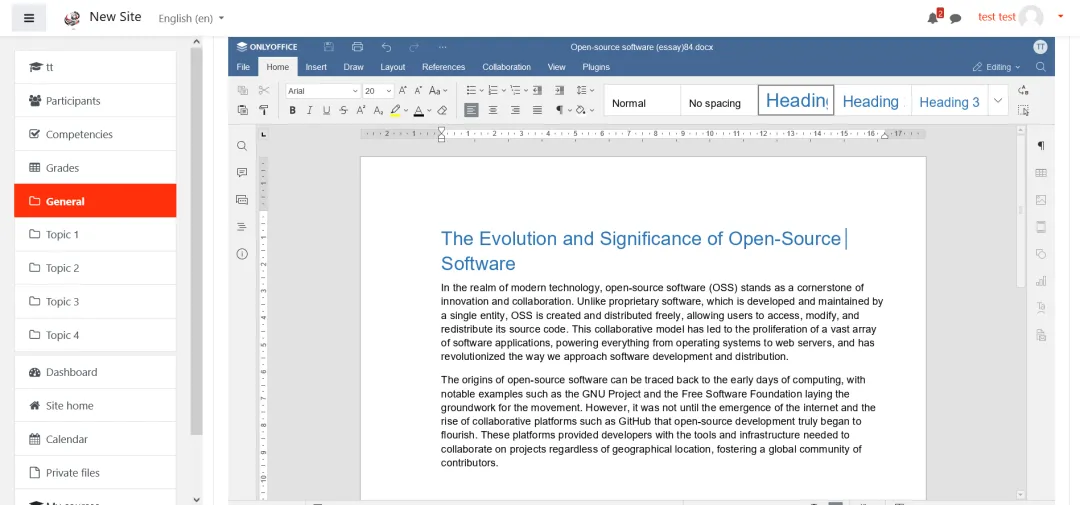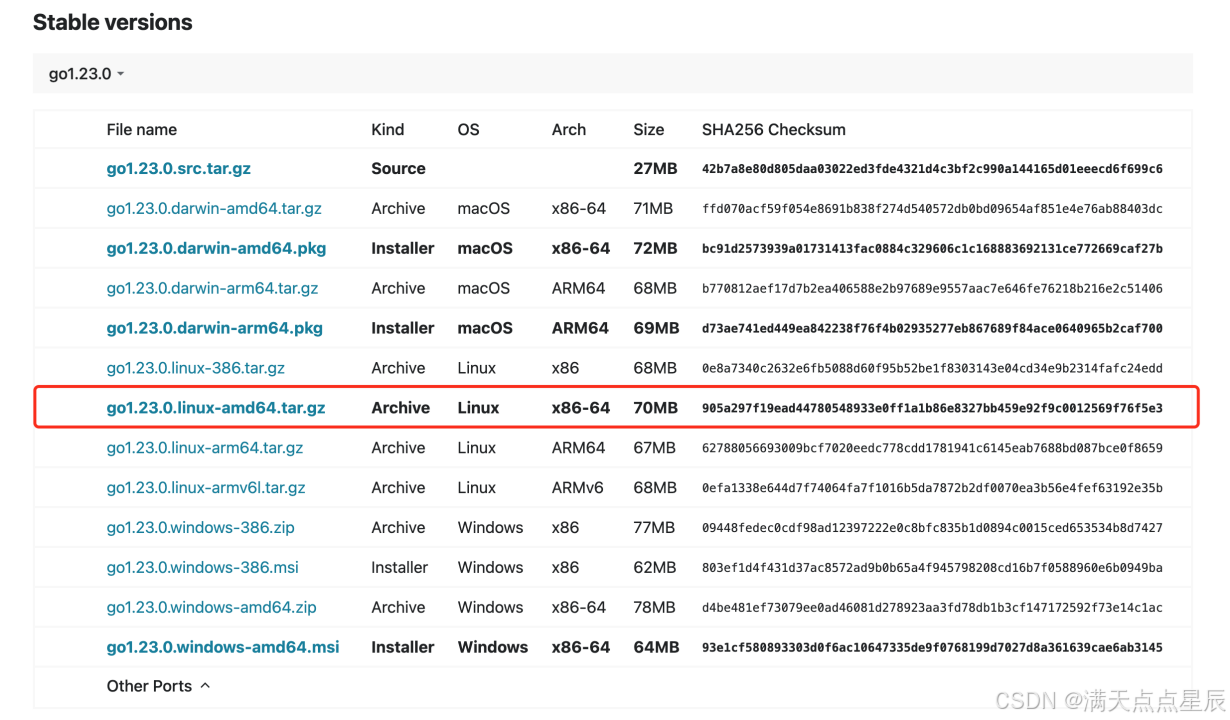#{}和${}区别:
#{}:是占位符,采用预编译的方式sql中传值,防止sql注入,如果我们往sql中列值传递一般使用
#{}。
${}:采用字符串拼接的方式直接拼接到sql语句中,一般不用于sql列值传递,用于动态传递列名
列如:使用列名进行排序,order by ${列名},根据动态传递的列名进行排序
查询列 select ${列名1},${列名2}...根据动态传递的列名进行查询
底层实现不同:
#{}:预编译的方式 ,防止sql注入,更加安全
${}:字符串直接拼接
使用场景不同
#{} :适合列值传递
${}:适合动态列名传递
特殊处理定义 ResultMap(多表关联处理结果集)
俩个元素 collection 、association
collection:关联元素处理一对多关联
例如专业与学生是一对多,专业一方配置学生集合
public class Major {private int id;//专业private String name;//专业名称private List<Student> students;//专业下学生集合
}
在学生多方配置专业一方
public class Student {private int id;private int num;private String name;private String gender;private Major major;//建议在学生表中关联专业,将专业信息封装到专业对象中
}
使用ResultMap组装查询结果
<!--专业关联学生
一对多
查询到的多个学生放到一个集合当中-->
<resultMap id="majorMap" type="Major"><id column="id" property="id"></id><result column="name" property="name"></result><collection property="students" javaType="list" ofType="Student"><result column="num" property="num"></result><result column="sname" property="name"></result></collection></resultMap><select id="findMajorById" resultMap="majorMap">selectm.id,m.name,s.num,s.name snamefrom major m inner join student s on m.id=s.majorid where m.id=#{id}</select>

代码还有一种写法,这种写法适合分页场景,
<!-- 分页场景--><resultMap id="majorMap1" type="Major"><id column="id" property="id"></id><result column="name" property="name"></result><collection property="students" javaType="list" select="findStudents" column="id"></collection></resultMap><select id="findMajors1" resultMap="majorMap1">select id,name from major</select><select id="findStudents" resultType="Student">select num,name from student where majorid=#{id}</select>
association:多表关联,嵌套查询,将一个多表关联查询拆分为多次查询,先查询主表数据,然后查询关联表数据
例如查询学生的专业,学生表关联专业,学生表是主表,专业表是关联表
学生类属性定义
private int id;private int num;private String name;private String gender; //private String mname;学生表中重新定义专业表中已经定义的,发送冗余//private int id;private Major major;//建议在学生表中关联专业,将专业信息封装到专业对象中
专业类属性定义
private int id;//专业 private String name;//专业名称
<resultMap id="studentMap1" type="Student"><id column="id" property="id"></id><result column="num" property="num"></result><result column="name" property="name"></result><result column="gender" property="gender"></result><association property="major" javaType="Major" select="findMajorByid" column="majorid"></association>
</resultMap>
<select id="findStudent1" resultMap="studentMap1">select id,num,name,gender,majorid from student where id=#{id}
</select>
<select id="findMajorByid" resultType="Major">select name from major where id=#{majorid}
</select>
代码还有一种写法 俩次查询写成一次查询
<!--关联查询--><resultMap id="studentMap" type="student"><id column="id" property="id"></id><result column="num" property="num"></result><result column="name" property="name"></result><result column="gender" property="gender"></result><association property="major" javaType="major"><result column="mname" property="name"></result></association></resultMap><select id="findStudent" parameterType="int" resultMap="studentMap">select
s.id,
s.num,
s.name,
s.gender,
m.name mname
from student s inner join major m on s.majorid=m.id where s.id=#{id}</select>
注解方式
@select:插入sql,与xml select sql语法一样
@Select("select id name from major")
@insert:插入sql,与xml insert sql语法一样
@update:插入sql,与xml update sql语法一样
@delete:插入sql,与xml delete sql语法一样
使用注解方式使用sql语句是,这种只适用于一些简单的sql语句,复杂的sql在xml映射文件中写会方便一些。
MyBatis动态SQL
动态sql是mybatis的强大特性之一,mybatis中实现动态sql的元素主要有if 、choose when otherwise、trim、set、where、foreach。
if元素:if标签可以对传入的条件进行判断
<select id="findActiveBlogWithTitleLike"resultType="Blog">SELECT * FROM BLOGWHERE state = ‘ACTIVE’<if test="title != null">AND title like #{title}</if>
</select>
如果if中条件不成立,就会查询满足state = ‘ACTIVE’的数据,如果传入了 “title” 参数,那么就会对 “title” 一列进行模糊查找并返回对应的 BLOG 结果
choose元素:不使用所有条件,而是在多个条件中使用一个或是几个
<select id="findActiveBlogLike"resultType="Blog">SELECT * FROM BLOG WHERE state = ‘ACTIVE’<choose><when test="title != null">AND title like #{title}</when>/*可以有多个when 但不能没有when*/<otherwise>AND featured = 1</otherwise>/*只能有一个otherwise 或者是没有*/</choose>
</select>
where、set、trim元素:where 元素只会在子元素返回任何内容的情况下才插入 “WHERE” 子句。而且,若子句的开头为 “AND” 或 “OR”,where 元素也会将它们去除。
如果 where 元素与你期望的不太一样,你也可以通过自定义 trim 元素来定制 where 元素的功能。比如,和 where 元素等价的自定义 trim 元素为:
<trim prefix="WHERE" prefixOverrides="AND |OR ">... </trim>
prefixOverrides 属性会忽略通过管道符分隔的文本序列(注意此例中的空格是必要的)。上述例子会移除所有 prefixOverrides 属性中指定的内容,并且插入 prefix 属性中指定的内容。
用于动态更新语句的类似解决方案叫做 set。set 元素可以用于动态包含需要更新的列,忽略其它不更新的列。比如:
<update id="updateAuthorIfNecessary">update Author<set><if test="username != null">username=#{username},</if><if test="password != null">password=#{password},</if><if test="email != null">email=#{email},</if><if test="bio != null">bio=#{bio}</if></set>where id=#{id}
</update>
这个例子中,set 元素会动态地在行首插入 SET 关键字,并会删掉额外的逗号(这些逗号是在使用条件语句给列赋值时引入的)。
或者,你可以通过使用trim元素来达到同样的效果:
<trim prefix="SET" suffixOverrides=",">... </trim>
foreach元素:主要用在构建 in 条件中,它可以在 SQL 语句中进行迭代一个集合。foreach
示例:
1、批量删除
<delete id="deleteTeacher">delete from teacher where id in<foreach item="id" collection="array" open="(" separator="," close=")">#{id}</foreach>/* 循环 批量删除 */
</delete>
2、循环查询
<select id="findTeacher" resultType="com.ffyc.mybatispro.model.Teacher">select<foreach item="col" collection="list" separator=",">${col}</foreach>from teacher
</select>
mybatis中文官网:mybatis – MyBatis 3 | 简介![]() https://mybatis.org/mybatis-3/zh_CN/index.html
https://mybatis.org/mybatis-3/zh_CN/index.html



















